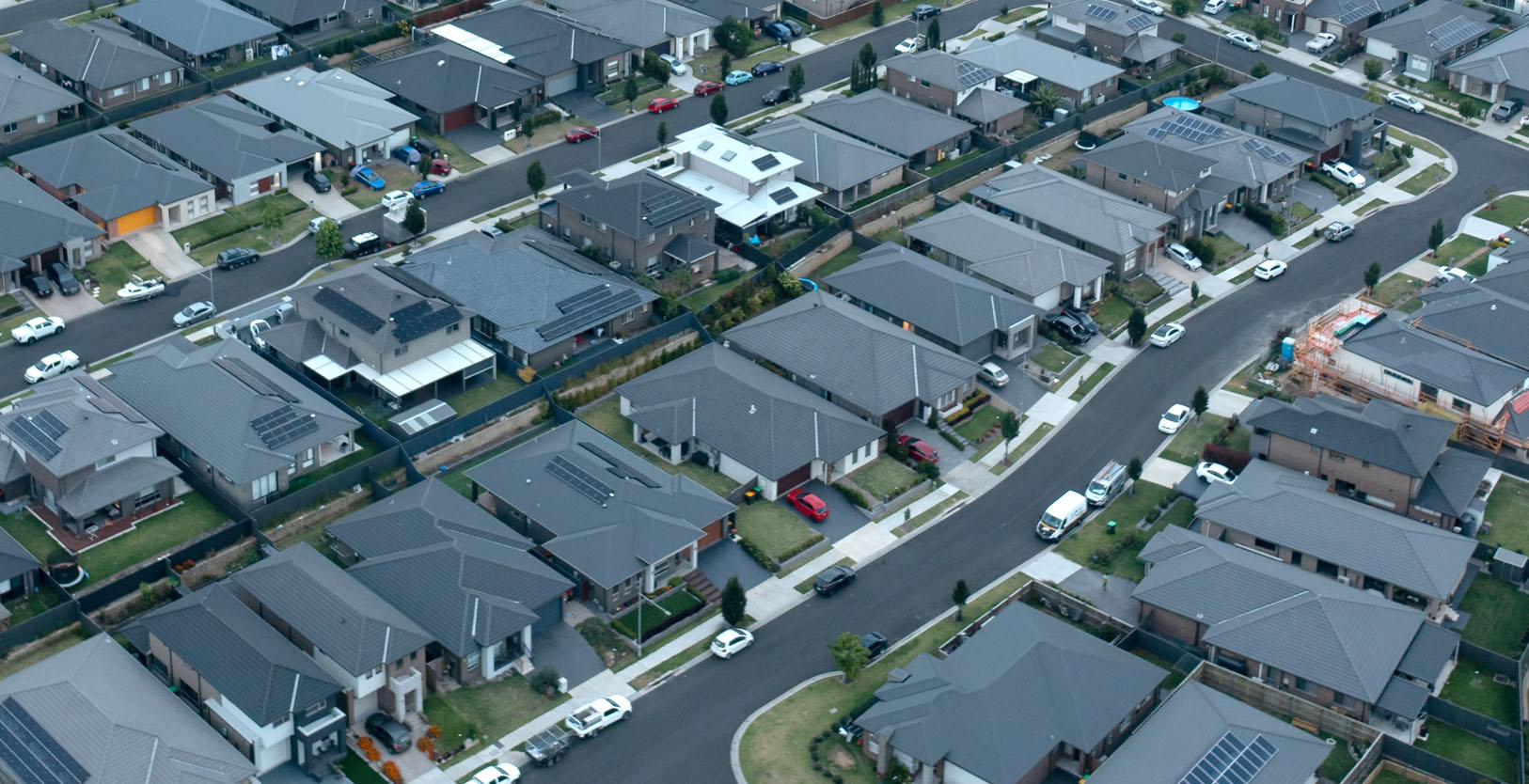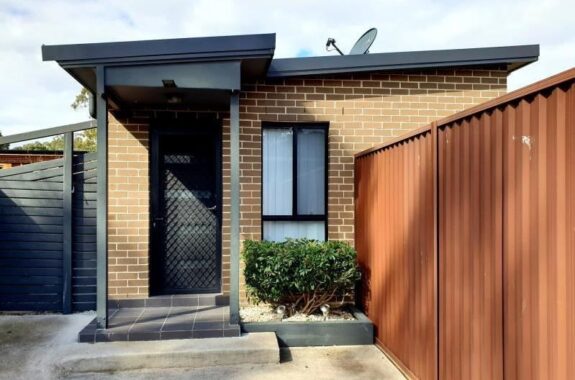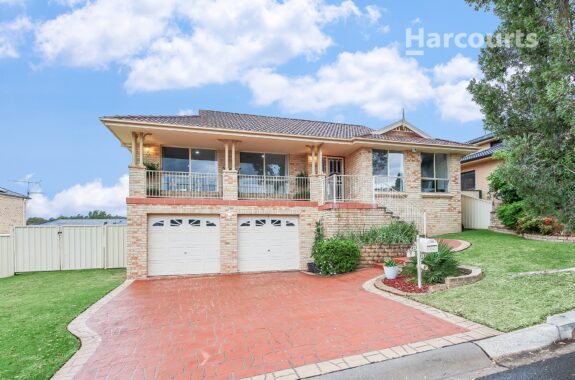To choose a high-performing investment property, you need to first and foremost understand the big picture.
Starting with high-level criteria can guide you to the right locality, and also give a good indication of what type of property in that location will suit your investment strategy (capital growth or rental income). Some information that relates to the following criteria is readily available to the public, and some involves a little research and assistance from specialists in the field. However, a little due diligence before choosing your investment property will be rewarded in the long run.
Here’s the key high-level criteria you should consider:
Population movements
If your strategy is growth, then population movement is the key. Long term growth is linked to long term population growth. Where population shrinks, so too do property prices and rent. The major cities experience their independent property cycles, but overall these cities and their decentralised urban centres will typically return good long-term growth.
Demographic changes
It will benefit your search to understand the likely changes to the demography of an area. For example, will there be more families, students, retirees or single young people moving to an area? Are these sectors of potential tenants likely to grow, remain the same, or shrink over the long term? This information will impact on the suitability of different types of dwellings.
Employment and economic growth
Employment and wage levels can have a bearing on house prices and dwelling activity. In areas where businesses are moving in, and earnings are rising, there is the prospect of higher wage levels resulting in more demand, and thus higher house prices and rents. Look for places where new long-term employment is being created.
Infrastructure spending
Cities and suburbs don’t grow by accident. It is people in high levels of government who plan and make the decisions that lead directly to growth. Large scale rail, road, airport or hospital projects will have a positive impact on surrounding property values. Investors can access information on upcoming large-scale projects on the Infrastructure Australia website. Information about state and local infrastructure is also readily available to the public. Local council websites are also a great source of this information.
Yield variations
Yield is the measure of how much cash an income generating asset produces each year as a percentage of that asset’s value. It can be calculated either as a gross or net figure.
Gross rental yield = annual rental income / market value x 100
Net yield = (annual rental income – annual expenses) / total property costs x 100
Rather than evaluating a region on average yield calculated in a snapshot of time, to paint the big picture, wise investors will seek to find out yield variations over time. An established region becomes more attractive for investment if it can demonstrate a consistent level of average yield over a period of time, as opposed to a region that may indicate short-term high yield.
Supply and demand
Purchase prices of properties and rent levels tend to move in response to the change of demand and supply. So, for prices to rise, demand of property must exceed supply.
Supply and demand can be heavily dependent on all previous criteria mentioned, however many other forces can come into play. Therefore, accurately measuring supply and demand for a suburb or area requires a lot of resources and time.
However, your search will be benefitted by being aware of some of the indicators of supply and demand such as average property days on market, vacancy rates, the level of property discounting to achieve sale, auction clearance rates and proportion of renters to owner occupiers in the area.
At Harcourts, we can help you with this information. Take the time to learn more about the big picture factors, and your chance of choosing a successful investment property will greatly increase.







